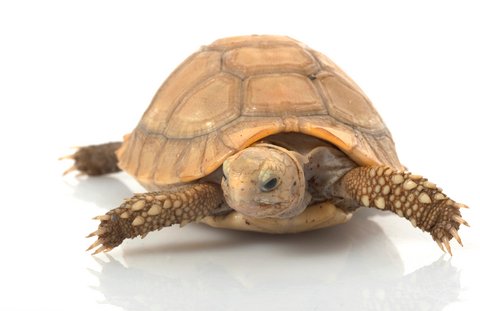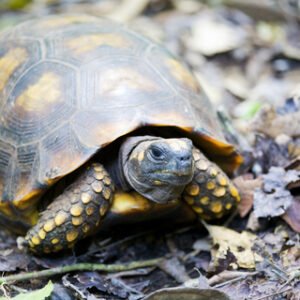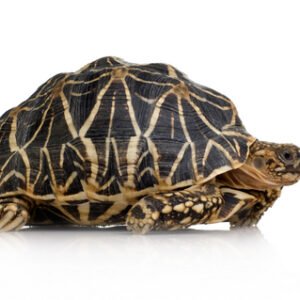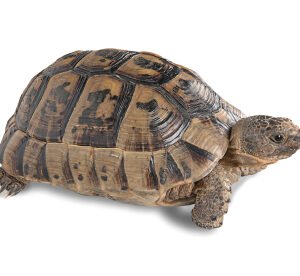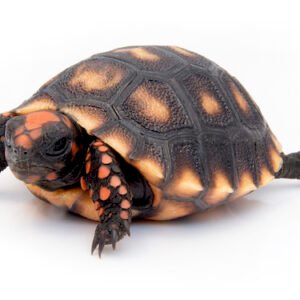Understanding the Elongated Tortoise: Habitat and Behavior
The elongated tortoise, scientifically known as Indotestudo elongata, is a species native to tropical and subtropical regions of Southeast Asia. This tortoise predominantly inhabits forested areas, grasslands, and shrublands, with a strong preference for moist lowland environments. Palm-dominated and secondary forests provide a rich ecosystem that supports the diverse dietary needs and behavioral patterns of these tortoises. The complex layering of vegetation not only offers food sources but also sufficient cover to evade predators, showcasing the critical role of terrestrial ecosystems in their survival.
Behaviorally, the elongated tortoise exhibits a range of fascinating characteristics that contribute to its adaptability and resilience. In the wild, these tortoises are primarily diurnal, engaging in foraging and basking activities during daylight hours. They are opportunistic feeders, consuming a wide variety of plant materials including leafy greens, fruits, and flowers. Their foraging behavior is marked by a degree of selectivity which reflects their nutritional needs and the availability of vegetation within their habitat. In contrast, individuals kept in captivity may exhibit altered feeding habits due to the availability of a more restricted diet.
Socially, elongated tortoises tend to be solitary animals, particularly as adults. However, they have been observed to engage in interactions during the mating season. Nesting is another crucial behavior of this species; female tortoises typically search for suitable sites to lay eggs, often choosing sandy, well-drained areas. This nesting behavior is vital for the continuation of their population. Furthermore, thermoregulation is a critical aspect of their daily activities, with tortoises often found basking to maintain their body temperature. Understanding these behaviors in both their wild and captive environments is crucial for promoting effective care and conservation efforts.
Conservation Status and How to Care for Elongated Tortoises in Captivity
The elongated tortoise, scientifically known as Indotestudo elongata, faces a variety of threats that have significantly impacted its populations in the wild. Habitat destruction, primarily due to deforestation and land conversion for agriculture, poses a major risk to their natural environments. Additionally, poaching for the pet trade further exacerbates their declining numbers. According to the International Union for Conservation of Nature (IUCN), this species is classified as Vulnerable, indicating an imminent risk of extinction without proper conservation measures.
Efforts are being made globally to conserve the elongated tortoise, including habitat restoration projects and breeding programs in captivity. Legislation plays a crucial role in safeguarding these animals, with various international agreements aiming to curb illegal trade and promote captive breeding. Local conservation initiatives also focus on educating communities about the importance of preserving natural habitats for these tortoises. Ensuring that elongated tortoises thrive in their native habitats while simultaneously promoting responsible pet ownership is essential for their survival.
For those interested in caring for elongated tortoises in captivity, it is paramount to first understand their specific needs to provide a healthy environment. The habitat setup should mimic their natural climate, incorporating adequate space, humidity control, and hiding spots. A well-balanced diet consisting of leafy greens, vegetables, and occasional fruits is essential to maintaining their health. Regular health check-ups can prevent potential diseases and offer an opportunity for owners to seek veterinary advice when necessary.
It is also critical for potential owners to be aware of legal considerations when keeping elongated tortoises. Ensuring that they are sourced from reputable breeders and not the wild contributes to conservation efforts. Responsible ownership comprises following local laws and regulations, which are designed to protect this vulnerable species. By adopting care and conservation-minded practices, owners can not only ensure the well-being of their tortoises but also contribute positively to the conservation of elongated tortoises in their natural habitats.

